Unveiling the Mysteries of Qashqai Rugs
Discovering the Enchantment of Qashqai Rugs
Qashqai Rug Origins
Qashqai rugs have a storied history that dates back centuries. These magnificent floor coverings originate from the nomadic Qashqai tribes of Iran.
These tribes, known for their rich culture and weaving traditions, have been crafting these rugs for generations. The Qashqai people are primarily located in the southwestern part of Iran, in the Fars Province.
It's in this rugged and picturesque region that the art of Qashqai rug-making has thrived.
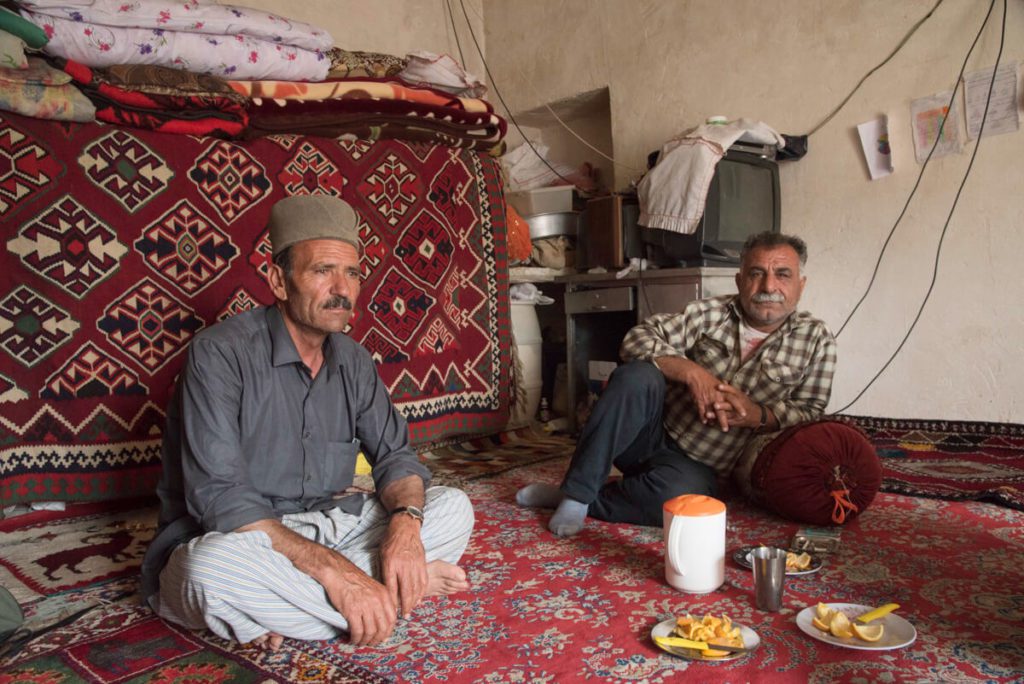
Decoding Qashqai Rug Symbols
One of the most intriguing aspects of Qashqai rugs is their intricate symbolism. Each rug tells a unique story through its patterns and symbols.
The motifs woven into these rugs often have specific meanings. For example, the "boteh" motif resembles a droplet and is believed to represent fertility and life.
The "gul" motif, a geometric floral pattern, is a symbol of happiness and prosperity. Understanding these symbols adds depth to your appreciation of Qashqai rugs and allows you to connect with the rich cultural heritage of the Qashqai people.
Identifying the Origin of Your Rug
How Can I Tell Where My Rug Came From?
Determining the origin of a rug can be a fascinating detective work. To identify the origin of your Qashqai rug, start by examining its design and motifs. Traditional Qashqai rugs often feature geometric patterns, stylized animals, and vibrant colours.
Pay attention to the presence of Qashqai-specific symbols like the "boteh" and "gul" motifs mentioned earlier. Additionally, consider the rug's age, as older Qashqai rugs may have distinctive characteristics that reflect the era in which they were crafted.
Where Are Rugs Made?
The crafting of Qashqai rugs primarily takes place in Iran, specifically within the tribal regions of the Qashqai people. These rugs are handmade by skilled artisans who have mastered the art of rug weaving. The nomadic lifestyle of the Qashqai tribes has greatly influenced the rug-making process, with many rugs still being crafted using traditional techniques passed down through generations. The rugged landscapes and cultural heritage of Iran play a significant role in shaping the unique character of Qashqai rugs.
The Gol: Definition and Etymology
The gol (also rendered gul, göl, or gül in English) is a symbol traditional to woven fabrics from west and central Asia, especially from Iran, Iraq, and Turkmenistan (areas that were once part of the Persian Empire). The gol symbol is a type of fabric piece called a medallion. It may be employed as a repeated pattern (a motif), as the main symbol in one area of the rug, or as the central image in the whole rug. The gol usually symbolizes a flower, and is frequently stylized as a symmetrical, semi-symmetrical, octagonal, or rhomboid shape. While the gol design often symbolizes a rosette, western art historians posit it may also represent an elephant footprint, a bird, a star, a leaf, or another non-flowering plant. In other words, the gol can represent many different things across the different cultures of the Near and Middle East.
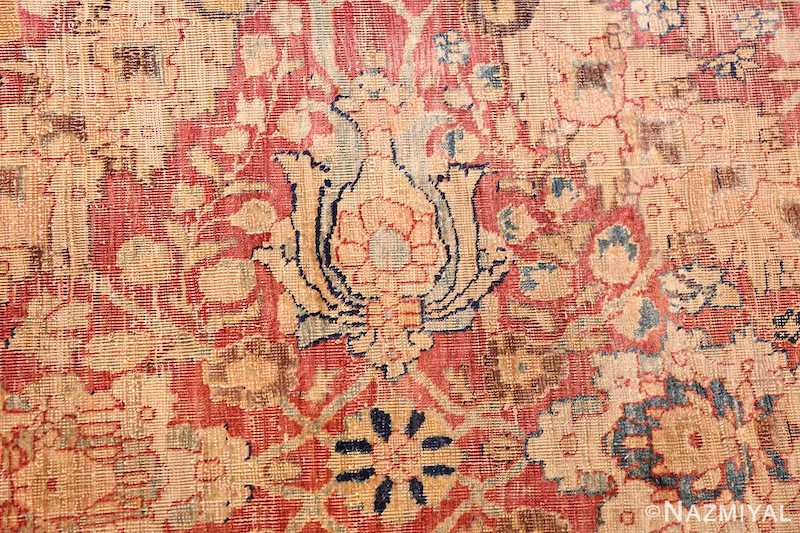
The Boteh (or buta) motif definition
The boteh (Persian: بته), is an almond or pine cone-shaped motif in ornament with a sharp-curved upper end. Though of Persian origin, it is very common and called buta in India, Azerbaijan, Turkey and other countries of the Near East.
Via Kashmir shawls it spread to Europe at least in 19th century, where patterns using it are known since 1960s as paisleys, as Paisley, Renfrewshire in Scotland was a major centre making them.
In Asian ornament the boteh motifs are typically placed in orderly rows, though especially in India they may appear in a pattern in a variety of sizes, colours, and orientations, which is also characteristic of European paisley patterns.
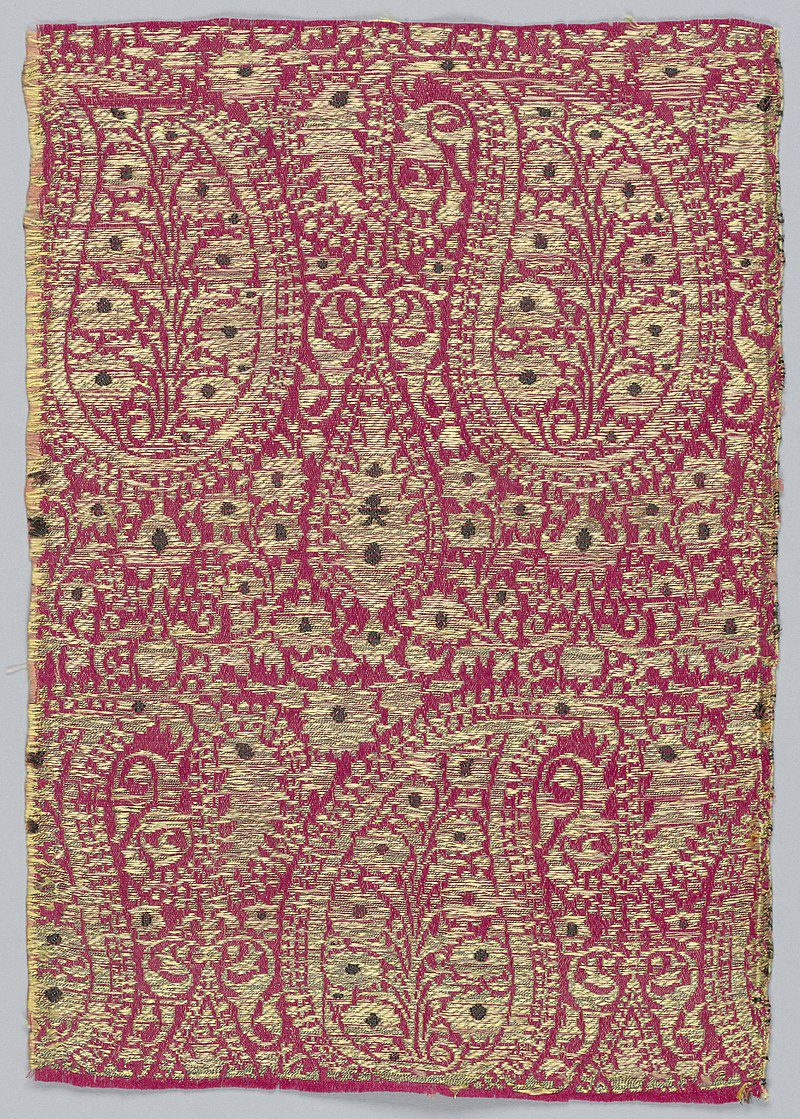
Joe Rugs - Carpet Expert
Hello! I'm Joseph Rugs, the founder of CarpetJoe.com and your guide through the intricate world of carpets. Born and raised in London with a deep-rooted passion for art and culture, I've explored the globe to bring the rich tapestry of carpet weaving right to your screen. My academic background in arts and humanities from Oxford has fuelled my curiosity, leading me to uncover the stories behind every knot and weave. As a family man, my adventures are shared with my loved ones, enriching our lives with every piece of art we encounter. Join me as we explore the beauty and craftsmanship of carpets together.
Common Types or Rugs
Each type of Oriental rug has its unique charm and story, making them more than just a luxury item; they are a piece of their country's cultural legacy. Collectors and enthusiasts of Oriental and Persian rugs appreciate them not only for their aesthetic appeal but also for their cultural, historical, and artistic significance.
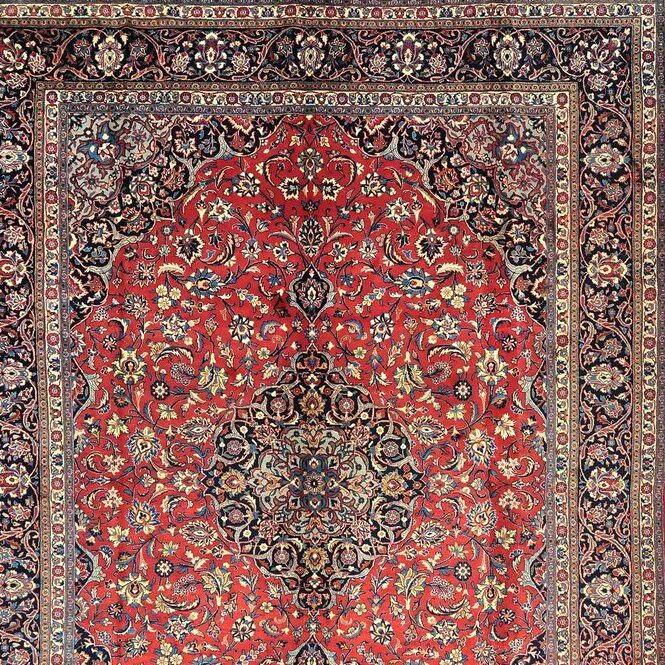
Persian Rugs
Originating from what is now modern-day Iran, Persian rugs are celebrated for their unparalleled craftsmanship and enduring beauty.
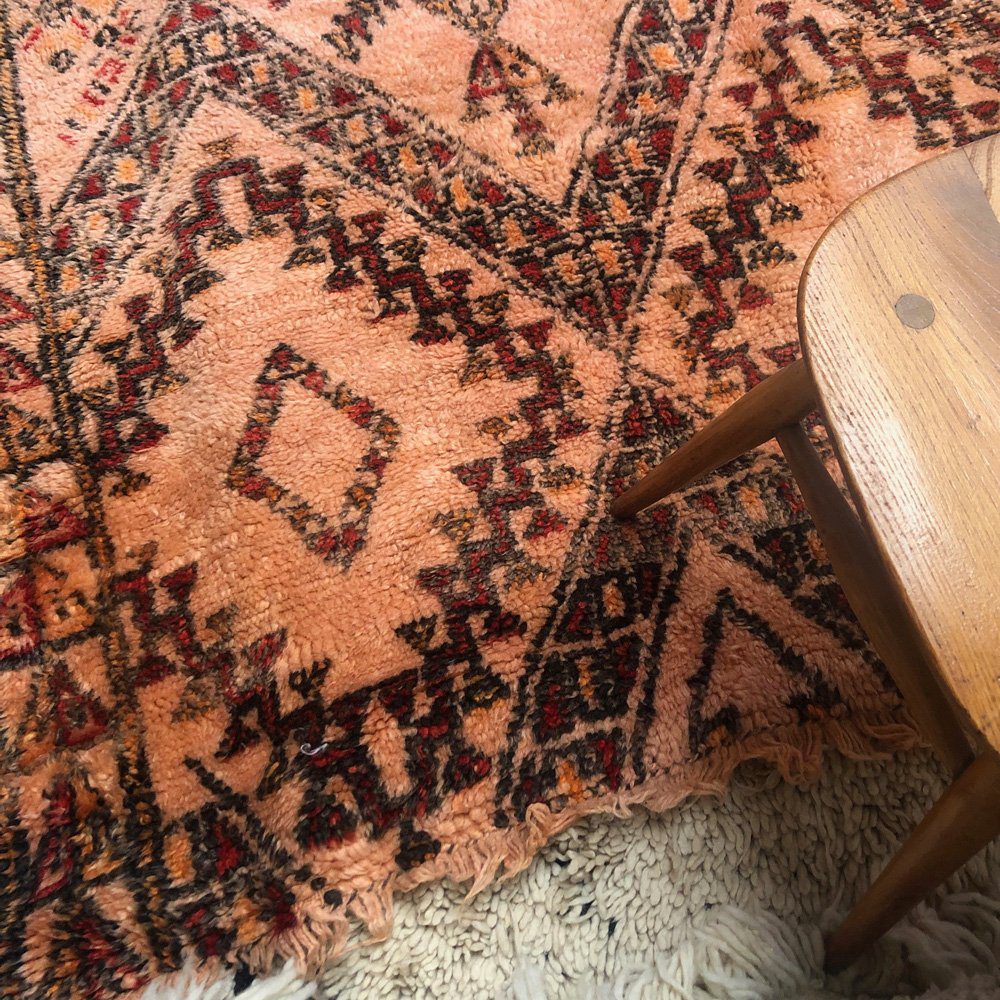
Berber Rugs
Originating from the Berber tribes of North Africa, particularly Morocco, this type of carpet is renowned for its rugged texture and resilient nature.
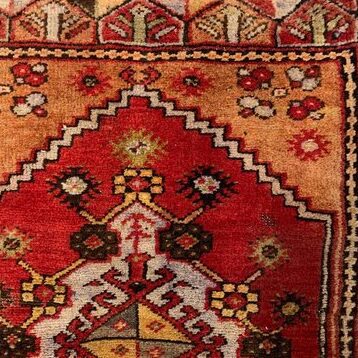
Turkish Rugs
Turkish rugs have a legacy steeped in history and artistry, and have always been a symbol of exquisite craftsmanship and cultural significance.
Carpet Care & Maintenance
Rug Cleaning Mastery and Solutions to Common Damages
Understanding the proper techniques for rug cleaning is essential for maintaining their beauty and longevity. Regular vacuuming is a key step in preventing dust and dirt accumulation. However, deeper cleaning methods, such as steam cleaning or dry cleaning, are necessary for removing stubborn stains and embedded dirt.
Steam cleaning, or hot water extraction, is particularly effective for thorough cleaning and sanitizing.
For delicate rugs, dry cleaning with special powders or solvents is advisable.
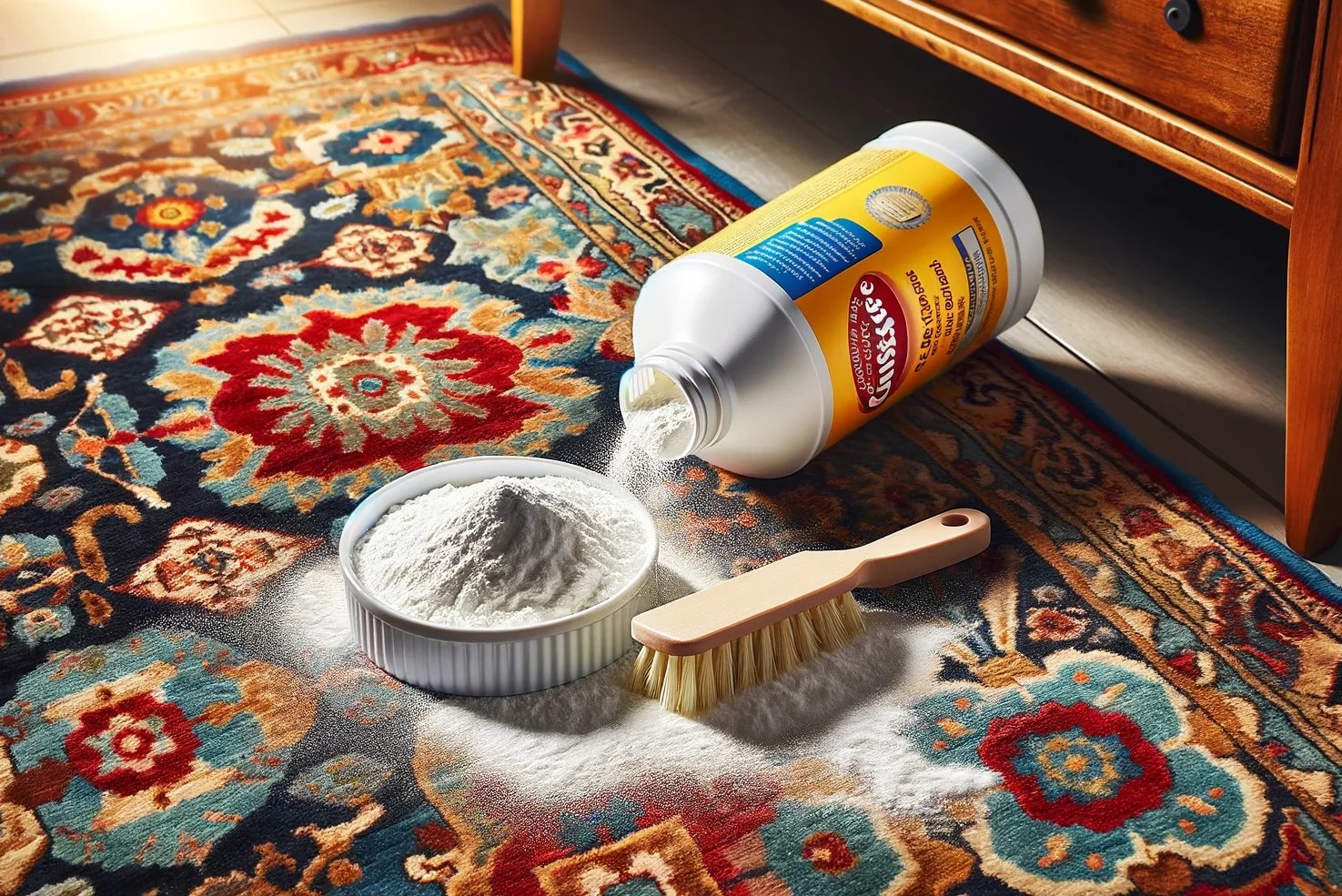
Homemade Flea Treatments for Carpets
Homemade flea treatments for carpets offer a natural and cost-effective alternative to commercial products. Read More →
Frequently Asked Questions
The primary difference between a carpet and a rug is their size and placement. Carpets are generally larger, often covering an entire room, and are usually installed and fixed to the floor. Rugs, on the other hand, are smaller, portable floor coverings that don’t cover the entire floor space and can be easily moved or replaced. They are often used as decorative centerpieces in a room.
Persian rugs are special for their rich history, unique designs, and intricate craftsmanship. They are hand-knotted with great skill and often take months or years to complete. The designs of Persian rugs are culturally significant, often inspired by Persian art, history, and nature. They are also known for their durability and high-quality materials like silk and wool, making them valuable and long-lasting.
Persian rugs often symbolize the cultural, historical, and artistic heritage of Iran. The motifs and patterns in these rugs can represent a variety of themes, including prosperity, happiness, and stories from Persian folklore. They are also seen as symbols of luxury and sophistication, reflecting the artistic skill and tradition of the Persian weavers.
Persian rugs are valuable due to their intricate handcrafted designs, high-quality materials, and cultural significance. The labor-intensive process of hand-knotting, combined with the use of natural dyes and fibers, results in a product that is not only beautiful but also durable. Antique Persian rugs, especially those that are well-preserved and have historical significance, are highly sought after and can be quite valuable.
Cleaning a Persian rug requires a delicate balance of gentle care and effective techniques. For regular maintenance, vacuuming without the beater bar is recommended to avoid damaging the fibers. For spills, blot immediately with a clean, dry cloth. Avoid using harsh chemicals; instead, use water and mild detergent, and rinse with clean water. For deep cleaning, it's advisable to consult professional rug cleaners who specialize in Persian rugs, as they have the expertise and equipment to clean without causing damage.
The main differences between Persian and Turkish rugs lie in their origin, design, materials, and knotting techniques. Persian rugs are from Iran and often feature intricate floral motifs with silk inlays, while Turkish rugs are from Turkey, known for geometric patterns and tribal designs.



